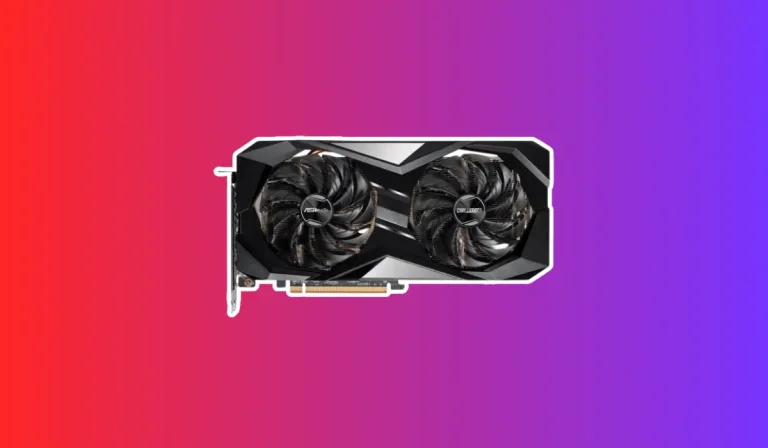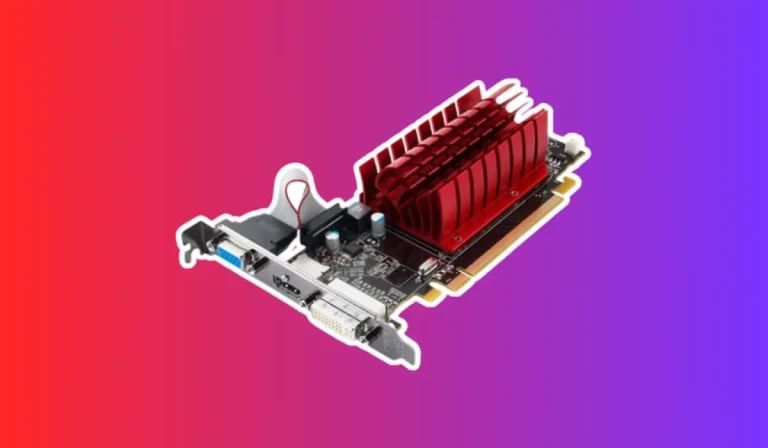How can I increase the GPU speed on my laptop?
Are you tired of your laptop’s sluggish performance when it comes to graphics-intensive tasks? The key to unlocking a smoother and faster computing experience lies in understanding the importance of GPU speed.
Checking and Updating GPU Drivers
Importance of Up-to-Date GPU Drivers
Having the latest GPU drivers installed is vital for optimal performance. Driver updates often include bug fixes, performance enhancements, and improved compatibility with the latest software and games. Outdated drivers can result in lower GPU speed and potential compatibility issues, leading to reduced performance and visual quality.
How to Check for GPU Driver Updates
To check for GPU driver updates, you can follow these steps:
Identify your GPU: Determine the brand and model of your laptop’s GPU, such as NVIDIA or AMD.
Visit the manufacturer’s website: Go to the official website of the GPU manufacturer.
Locate the driver section: Find the “Drivers” or “Support” section on the website.
Choose your GPU model: Select the appropriate GPU model and operating system.
Download and install the latest driver: Download the latest driver version and follow the installation instructions.
Automatic Driver Update Tools
If manually checking for driver updates seems daunting, you can also consider using automatic driver update tools. These tools scan your system, identify outdated drivers, and download the latest versions automatically. Popular options include Driver Booster, Driver Easy, and Snappy Driver Installer.
Managing Power Settings for GPU
Importance of Optimizing Power Settings
When it comes to GPU performance, power management plays a crucial role. By default, laptops often have power-saving settings enabled, which can limit the GPU’s performance to conserve battery life.
However, if you primarily use your laptop while plugged in or require maximum graphics performance, adjusting the power settings can help unleash the full potential of your GPU.
Adjusting Power Settings
To manage the power settings for your GPU, follow these steps:
Open the Control Panel: Access the Control Panel on your laptop.
Go to Power Options: Click on “Power Options” to open the power settings.
Select the Power Plan: Choose the power plan that suits your needs. For maximum GPU performance, select the “High Performance” plan.
Customize Power Plan: Click on “Change plan settings” and then “Change advanced power settings.”
Locate the GPU Power Settings: Look for options related to GPU power management or graphics settings.
Modify Settings: Adjust the settings to prioritize maximum performance. Depending on the manufacturer and GPU model, you may have options like “Maximum Performance” or “High Performance” to choose from.
Optimizing Graphics Settings
Importance of Graphics Settings Optimization
Graphics settings in games and applications determine the level of detail, resolution, and special effects that your GPU needs to render. By optimizing these settings, you can strike a balance between visual quality and GPU performance. This allows you to enjoy smooth gameplay or seamless video editing without putting unnecessary strain on your GPU.
Adjusting Graphics Settings
To optimize graphics settings, follow these steps:
Launch the Application: Open the game or application you want to optimize.
Access Graphics Settings: Look for a “Settings” or “Options” menu within the application.
Graphics Quality Presets: Many applications offer preset graphics quality options like “Low,” “Medium,” and “High.” Start by selecting a preset that suits your preferences.
Fine-Tuning: If desired, manually adjust individual graphics settings such as resolution, texture quality, shadows, anti-aliasing, and post-processing effects. Lowering these settings can help improve GPU performance.
Test and Refine: Apply the changes and test the application. If you experience performance issues, gradually lower specific settings until you find the optimal balance between performance and visual quality.
FAQ’s
1. Can I physically upgrade the GPU on my laptop to increase its speed?
No, most laptops have the GPU integrated into the motherboard, making it difficult or impossible to upgrade. However, you can optimize software and settings to enhance GPU performance.
2. Do I need to overclock my GPU to increase its speed?
Overclocking involves increasing the clock speed of your GPU beyond its default settings. While it can boost performance, it also generates more heat and can potentially damage your laptop. It’s best to explore other methods before considering overclocking.
3. Will upgrading my laptop’s RAM improve GPU speed?
While increasing RAM can enhance overall system performance, it does not directly impact GPU speed. GPU performance is primarily determined by the GPU itself and its associated drivers.
4. Do I need to update my GPU drivers regularly to increase speed?
Yes, keeping your GPU drivers up to date is essential for optimal performance. Driver updates often include bug fixes, performance enhancements, and improved compatibility, which can result in increased GPU speed.
5. Can managing power settings affect GPU speed?
Yes, managing power settings can have a significant impact on GPU speed.
Conclusion
Optimizing the power settings and graphics configurations of your laptop’s GPU can significantly improve its speed and overall performance. By implementing the tips discussed in this article, you can unlock the full potential of your GPU and enjoy a smoother computing experience.
Remember to adjust power settings, fine-tune graphics options, update GPU drivers regularly, and explore other optimization methods before considering overclocking. Take control of your laptop’s GPU speed and elevate your computing experience!



